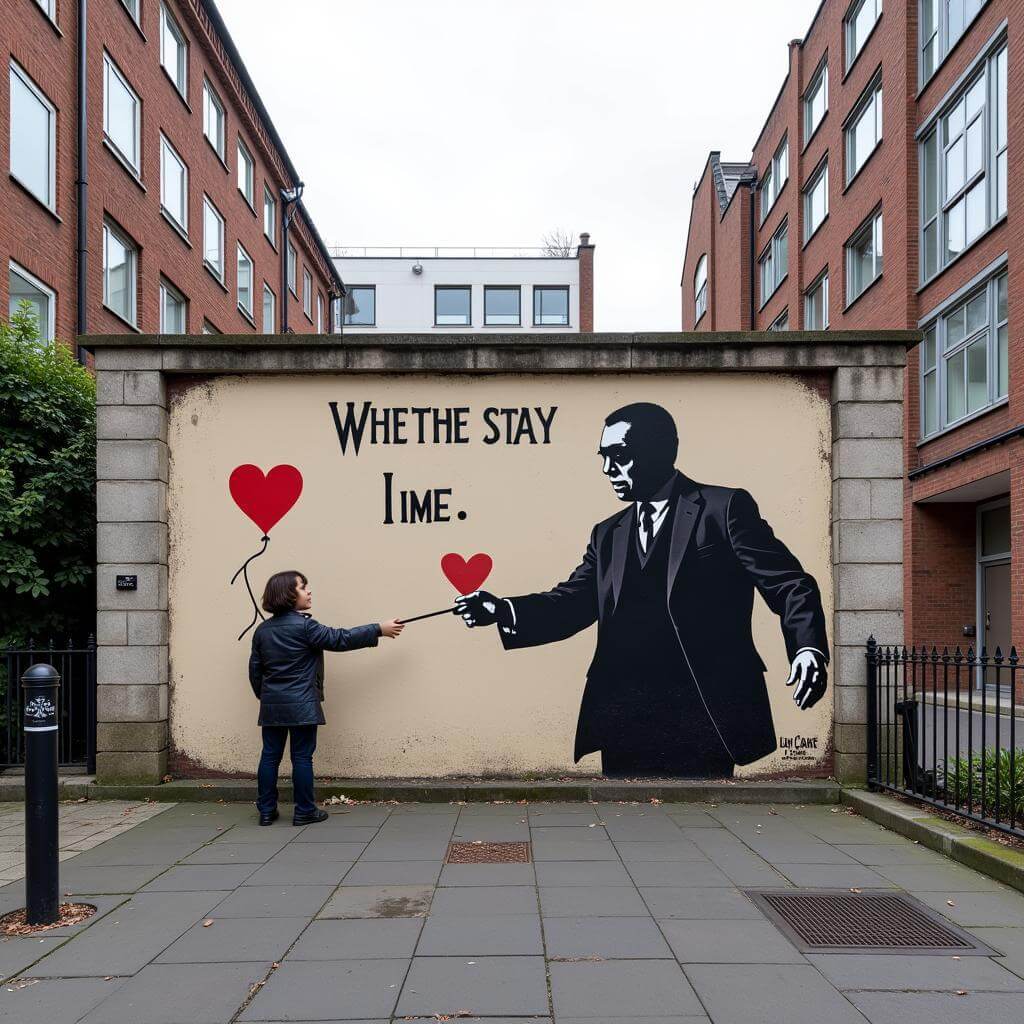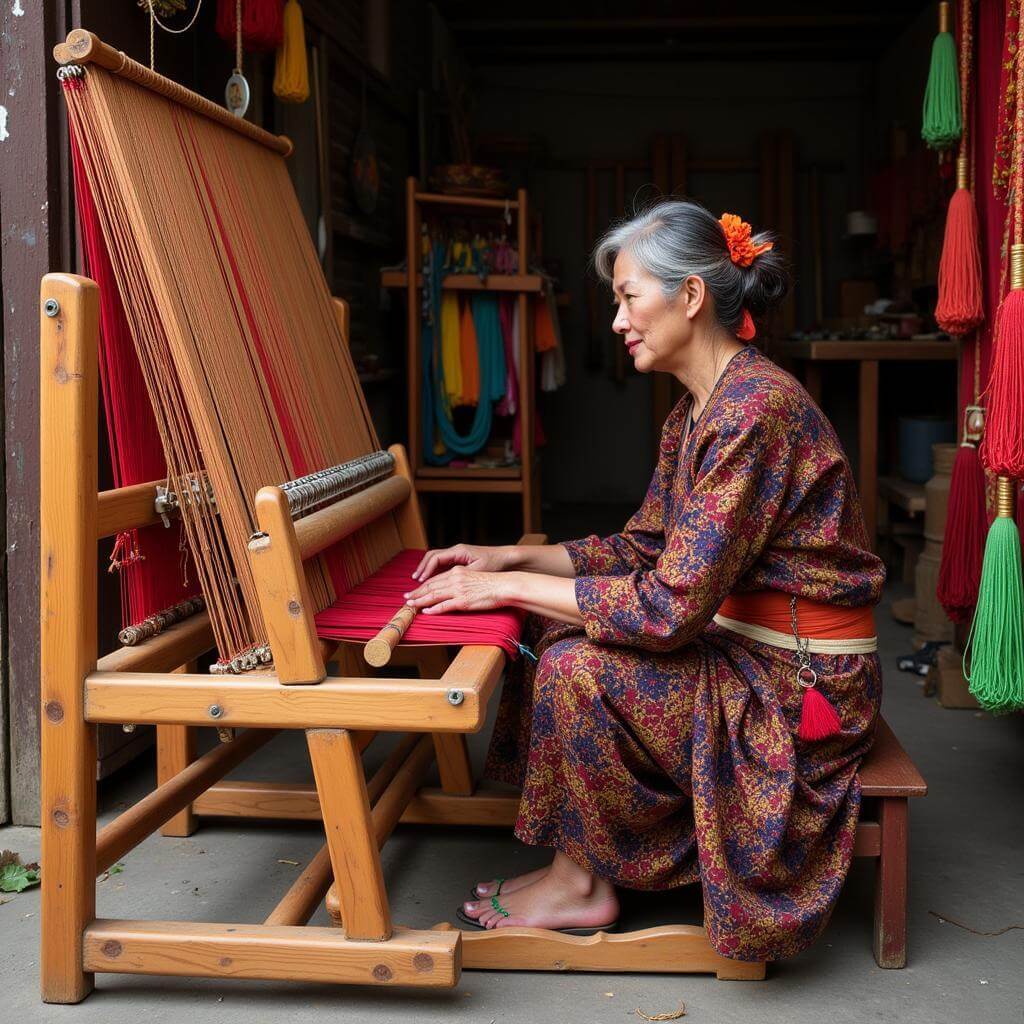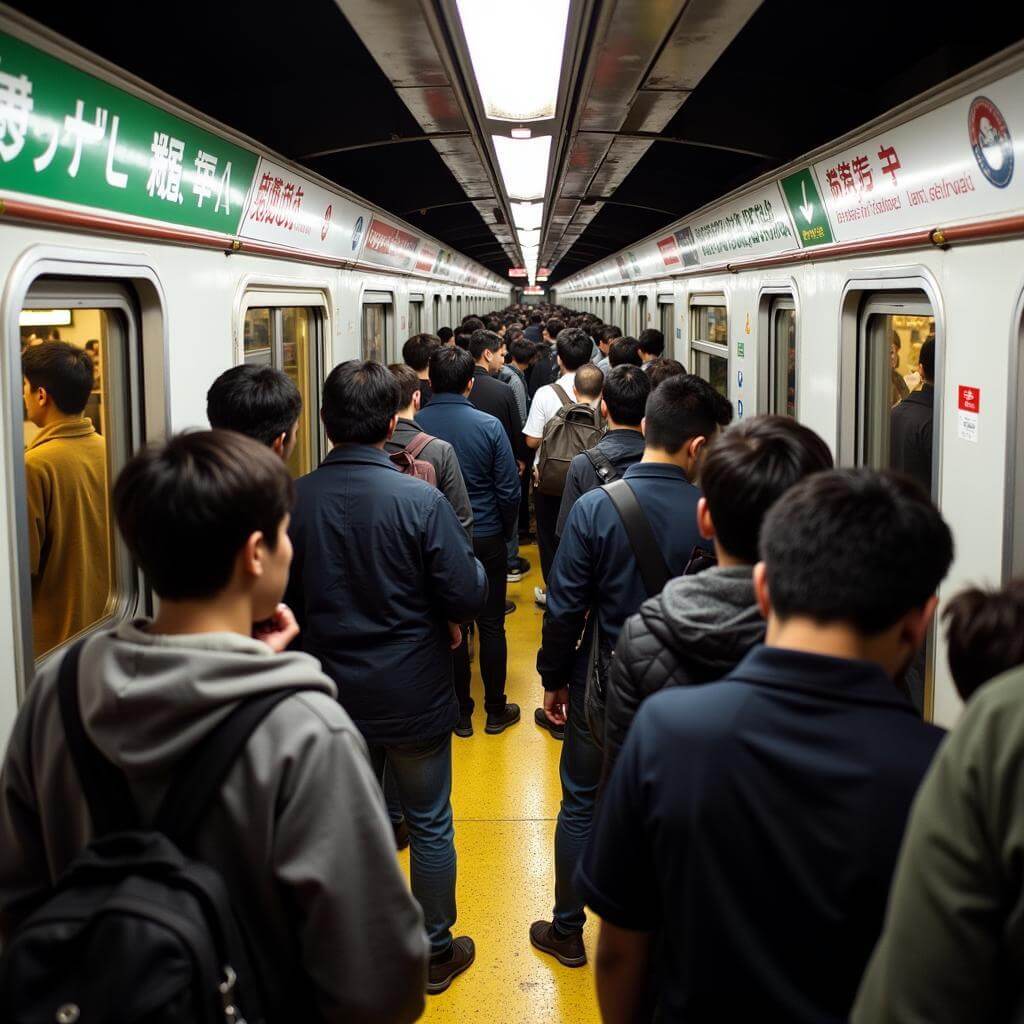The topic of describing a famous artist or performer you admire is a common theme in IELTS Speaking tests. It has appeared frequently in past examinations and is likely to remain relevant in future tests due to its versatility and potential for rich discussion. This topic allows candidates to showcase their vocabulary, cultural knowledge, and ability to express personal opinions coherently.
Nội dung bài viết
Part 1: Introduction and Interview
In this section, the examiner may ask you some general questions about art and artists. Here’s an example question with a suggested answer:
Question: Do you have a favorite type of art?
Sample answer (Band 7-8):
Yes, I’m particularly drawn to impressionist paintings. I find the use of vibrant colors and the way artists capture light and movement in this style to be absolutely captivating. Artists like Monet and Renoir have a special place in my heart because their works seem to bring scenes to life in a unique and beautiful way.
Part 2: Long Turn
Here’s a sample cue card related to the topic:
Describe a famous artist or performer you admire
You should say:
- Who this person is
- What they do
- How you first learned about them
- And explain why you admire them
Sample answer (Band 8-9):
I’d like to talk about Banksy, the enigmatic street artist whose work has captivated audiences worldwide. Banksy is renowned for his thought-provoking and often politically charged graffiti art that appears unexpectedly in public spaces.
I first became aware of Banksy’s work about a decade ago when I stumbled upon an article about his guerrilla-style art installations in various cities. What immediately struck me was how his pieces seemed to materialize overnight, sparking conversations and debates among locals and art enthusiasts alike.
The reason I deeply admire Banksy is multifaceted. Firstly, his artistic prowess is undeniable. He has a remarkable ability to convey complex messages through seemingly simple images, often infused with wit and irony. His technique of using stencils allows him to create detailed works quickly, which is crucial given the clandestine nature of his art.
Moreover, I’m impressed by his commitment to anonymity. In an age where fame is often actively sought, Banksy’s choice to remain unknown adds an air of mystery to his work and allows the art to speak for itself. This anonymity also enables him to critique societal issues more freely, without personal bias influencing the reception of his message.
What I find most admirable about Banksy is how he uses his art as a powerful tool for social commentary. His works often highlight pressing issues such as war, capitalism, and environmental degradation. By placing his art in public spaces, he makes these important discussions accessible to everyone, not just those who frequent art galleries.
In conclusion, Banksy’s innovative approach to art, his skill in conveying complex ideas through visual means, and his commitment to using art as a form of social activism are why I hold him in such high regard. His work continually challenges my perspective and encourages me to think critically about the world around me.
 Banksy's thought-provoking street art addressing social issues
Banksy's thought-provoking street art addressing social issues
Follow-up questions:
- How has Banksy influenced the art world?
Sample answer (Band 8-9):
Banksy has revolutionized the art world in several ways. He has elevated street art to a highly respected form, blurring the lines between vandalism and valuable artistic expression. His work has also challenged traditional notions of art ownership and commercialization, as seen in his famous shredding of “Girl with Balloon” at an auction. Moreover, Banksy has inspired a new generation of artists to use public spaces as canvases for social commentary, democratizing art and making it more accessible to the general public.
- Do you think anonymity adds value to an artist’s work?
Sample answer (Band 7-8):
I believe anonymity can certainly add value to an artist’s work, especially in Banksy’s case. It shifts the focus entirely onto the art itself, rather than the personality or background of the artist. This anonymity also creates an air of mystery that can make the work more intriguing and discussed. However, it’s worth noting that anonymity isn’t necessarily beneficial for all artists – some may find that their personal story or journey enhances the meaning of their work.
Part 3: Two-way Discussion
Examiner: How do you think social media has changed the way we appreciate art?
Sample answer (Band 8-9):
Social media has fundamentally transformed our interaction with and appreciation of art in several significant ways. Firstly, it has democratized access to art, allowing people from all over the world to view and engage with artwork that they might never have had the opportunity to see in person. This global reach has exposed audiences to a far wider range of artistic styles and cultural expressions.
Moreover, social media platforms have created new spaces for artists to showcase their work and build a following, bypassing traditional gatekeepers like galleries and critics. This has led to the emergence of new art forms and styles that are specifically tailored to digital consumption, such as digital art and short-form video art.
However, this shift also presents challenges. The rapid consumption of images on social media can sometimes lead to a more superficial engagement with art, where the depth and nuance of a piece might be lost in the endless scroll. Additionally, the algorithms that govern social media platforms can create echo chambers, potentially limiting exposure to diverse artistic perspectives.
Despite these challenges, I believe social media has overall enriched our appreciation of art by making it more accessible, interactive, and diverse. It has fostered global conversations about art and allowed for immediate feedback and discussion, creating a more dynamic and inclusive art world.
Examiner: In your opinion, what role should public art play in society?
Sample answer (Band 7-8):
I believe public art should play a vital role in society. Firstly, it can beautify urban spaces, transforming dull or neglected areas into visually appealing environments that enhance the quality of life for residents and visitors alike. Public art also has the power to reflect and shape a community’s identity, serving as a point of pride and a representation of local culture and history.
Moreover, public art can be a powerful tool for social commentary and change. It can raise awareness about important issues, spark conversations, and challenge people’s perspectives in a way that’s accessible to everyone, not just those who visit galleries or museums.
Additionally, public art can foster a sense of community by creating shared experiences and spaces for people to gather and interact. It can also support local artists and contribute to the cultural economy of a city or region.
However, it’s important that public art is diverse and inclusive, representing a wide range of voices and experiences. It should also be well-maintained to ensure it continues to serve its purpose effectively over time.
Key Vocabulary and Phrases for High Scores
-
Enigmatic (adjective) /ˌenɪɡˈmætɪk/ – difficult to interpret or understand; mysterious.
Example: The enigmatic nature of Banksy’s identity adds to the intrigue of his art. -
Thought-provoking (adjective) /ˈθɔːt prəˌvoʊkɪŋ/ – stimulating careful consideration or attention.
Example: His thought-provoking artworks often challenge societal norms. -
Guerrilla-style (adjective) /ɡəˈrɪlə staɪl/ – carried out by unconventional means, often with an element of surprise.
Example: Banksy’s guerrilla-style art installations appear unexpectedly in public spaces. -
Clandestine (adjective) /klænˈdestɪn/ – kept secret or done secretively, especially because of being illegal.
Example: The clandestine nature of street art adds to its excitement and controversy. -
Social commentary (noun) /ˈsoʊʃl ˈkɑːmənteri/ – the act of expressing an opinion on the characteristics of society.
Example: Much of Banksy’s work serves as a form of social commentary on current issues.
 Essential vocabulary for IELTS Speaking about famous artists
Essential vocabulary for IELTS Speaking about famous artists
Examiner’s Advice
To achieve a high score in the IELTS Speaking test when describing a famous artist or performer:
- Prepare a range of vocabulary related to art, performance, and personal qualities. Use these naturally in your responses.
- Practice expressing your opinions clearly and supporting them with specific examples or experiences.
- Develop your ideas fully, especially in Part 2. Don’t just list facts, but explain your thoughts and feelings about the artist.
- Use a variety of grammatical structures, including complex sentences, to demonstrate your language proficiency.
- Work on your pronunciation and fluency by regularly practicing speaking about various topics, including art and culture.
- Stay informed about current trends in art and popular culture to be prepared for follow-up questions in Part 3.
Remember, the key to success in IELTS Speaking is not just about what you say, but how you say it. Confidence, fluency, and the ability to express complex ideas clearly are crucial factors in achieving a high band score.


